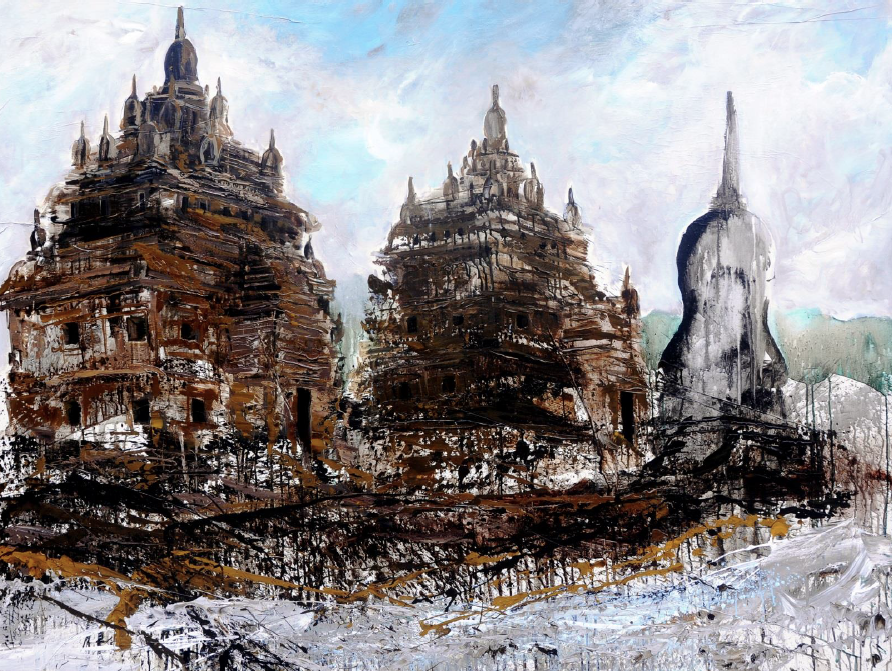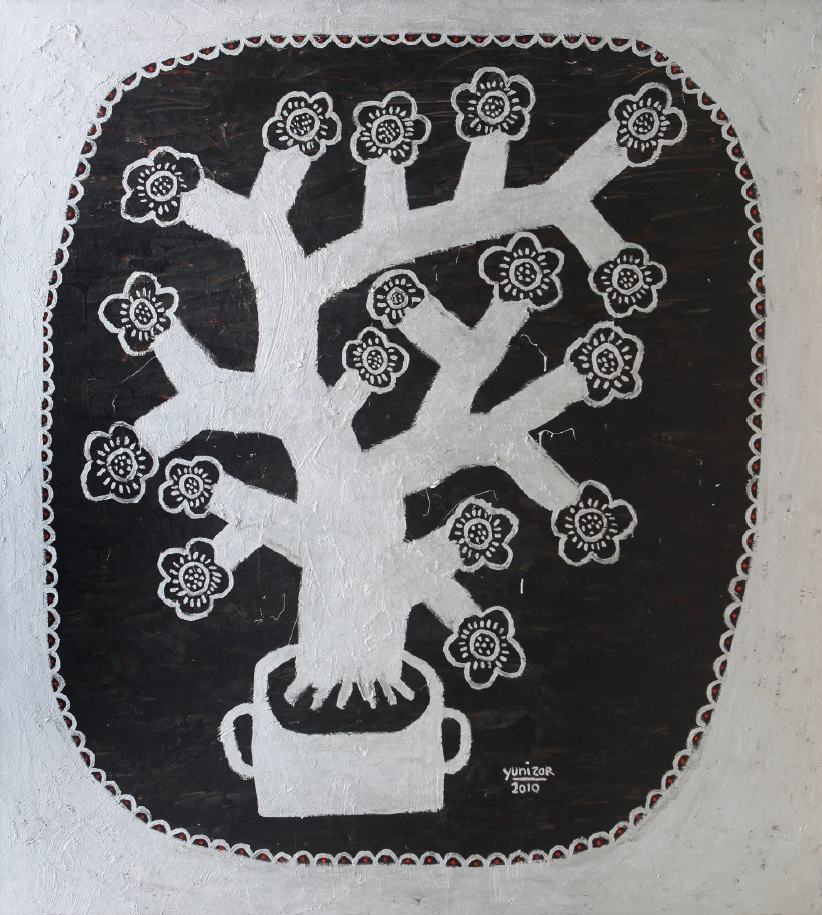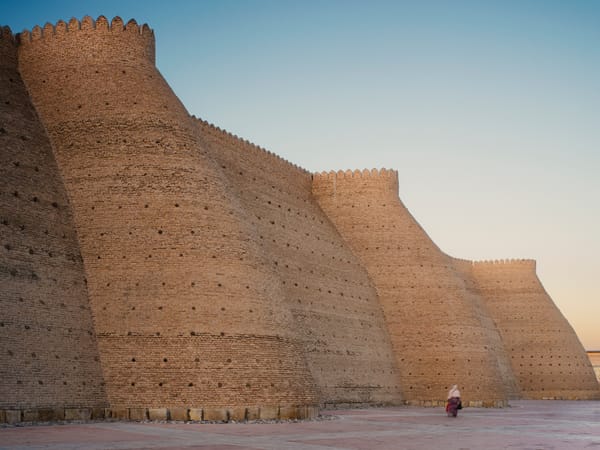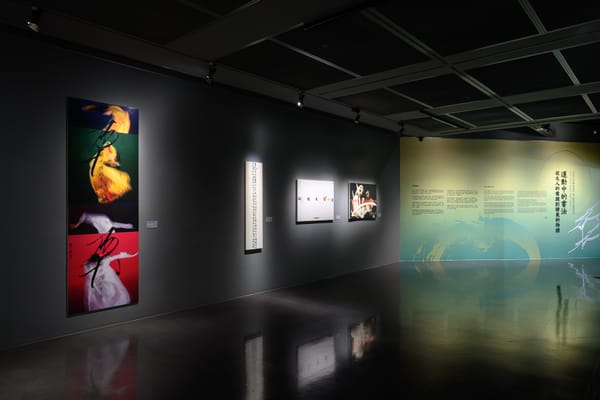Shows
“Lokanat – Ground Zero”


Following its successful run at Lokanat Galleries in Yangon, where it was the first significant show to exhibit major international artists in Myanmar, “Lokanat – Ground Zero” traveled to Gajah Gallery in Singapore, where it continued to achieve resonance.
Established in 1971 as a nonprofit organization committed to promoting historical and contemporary Myanmar art, Lokanat Galleries—whose name is derived from the Buddhist deity of peace and prosperity—is the longest running artspace in the country. The nondescript building that houses it, with its crumbling facade, stands in direct contrast to the classical European architecture and the modernday white cube, both arenas in which art is frequently displayed. The physical structure of the space and its exhibition schemes seem to reflect the country’s former political attitude of isolationism. The building and the manner of dissemination that Lokanat espouses make its program slightly elusive.

Curated by Barnaby Martin in collaboration with Gajah Gallery, “Lokanat – Ground Zero” featured the work of Ai Weiwei, Ashley Bickerton, Nyoman Masriadi, Handiwirman Saputra, Putu Sutawijaya, Mangu Putra, Yunizar and Ahmad Zakii Anwar. For most of these artists, many of whom are Indonesians working abroad, this was their first time exhibiting in Myanmar. The curator saw this exhibition as an opportunity to exhibit their works in a space “uncorrupted by money and power,” and as a chance to view the artists not in terms of their commercial success but through the lens of Lokanat Galleries’ specific context.

Many of the works in the show convey a meditative quality. One of the most poignant is Diam (2013), by Indonesian artist Mangu Putra—an oversized painting depicting a man’s profile in exquisite detail. Layers of paint make up his leathery skin, which displays years of wear and tear. One also experiences a sense of resignation. Another contemplative work is Silent Temple of Plaosan (2013) by Putu Sutawijaya, who finds earthly evocations of the spiritual in the Buddhist temple complex in Central Java.
Unfortunately, transposed to the space of Gajah Gallery, the sentiment of “Lokanat – Ground Zero” failed to translate entirely. Perhaps the gallery’s distance from “ground zero,” a term that is ostensibly being used to describe Myanmar’s supressed artscene which has only lately begun to find its feet, impeded the full manifestation of the works. Like Lokanat Galleries, Gajah Gallery is housed in an old colonial building, but its sleek and white-walled interior conceals the original architectural features. By contrast, Lokanat Galleries still retains its original distinctive floor tiling. The exhibition’s press release cited Lokanat Galleries itself as “the undisputed star of the show” but the spirit of original space struggled to come through. Despite this, bringing together the works of great artists undeniably furthered Myanmar’s arts legacy.
Lokanat - Ground Zero was on view at Lokanat Galleries, Yangon, from October 22–26, 2013 and at Gajah Gallery, Singapore, from November 9–24, 2013.
Amelia Abdullahsani is a writer based in Singapore.







